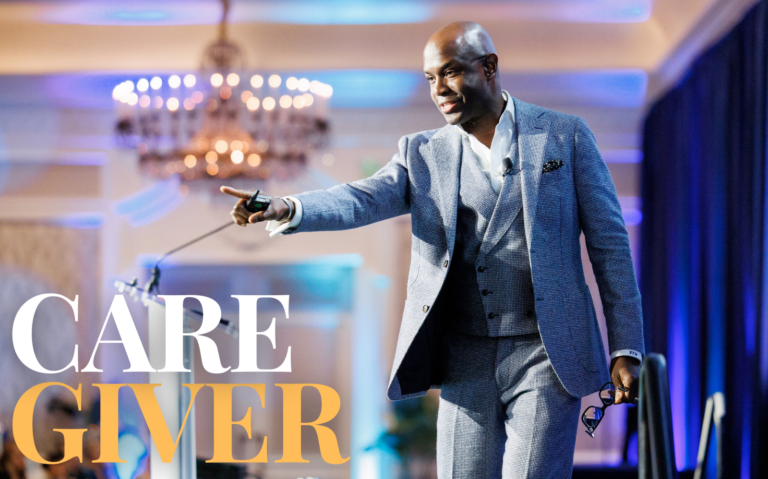
Be a CARE-Giver
I have to admit, I don’t get upset too easily. It takes a lot to disturb the peace that I’ve worked hard to attain in
Share this post:
I recently returned from the annual Examiner training for the Baldrige National Quality Program. Every year, I’m more convinced that the Baldrige framework is the closest thing to a silver bullet when it comes to systematically improving an organization. Even when a small fraction of the framework is applied, improvements are inevitable.
This week, I was thinking about the various companies that have implemented new service processes with a burst of energy…then everything fizzles after that. Like everything else, there has to be just as much (if not more) time spent on the sustaining side of the equation, as on the introduction side.
When developing your next service process (or any process for that matter), consider four key areas that the Baldrige framework addresses (A.D.L.I.). They are:
I know, I know…let me give you an example to make it clear. An office building, Company X, decides that it wants to create a world-class arrival experience for its visitors. So it creates a new arrival process, which entails the receptionist getting up from behind his/her desk and giving a big “Welcome”. Then after getting the visitor’s name, the receptionist escorts the visitor to the nearby elevator, pushes the elevator button, and explains which floor the visitor should get off at. Of course, this all ends with a big “Have a great day/meeting/lunch/first date”…you get the picture.
Now, let’s apply the A.D.L.I. framework to test this new process.
Approach = How often will it be done? Will it be done in every shift for every visitor? Are the service standards in place to effectively train the receptionists? Does this new process align with the company’s mission…vision…core values…strategic objectives? Has the “purpose” of this new process been explained?
Deploy = Will all the receptionists be trained? Since the receptionists will be the ones executing this new arrival experience, were they involved in developing the process? Do all of the managers for the office building know and understand the process? Do all of the relevant line staff know and understand the process?
Learning = What results will you capture to know that the process works? How often will you check the results? Will the receptionists have access to the results so they can know the progress being made? How often will you schedule a meeting to review the entire process to see how the arrival experience can be continuously improved?
Integration = Will the service scores be used as considerations during the next strategic planning cycle? Will the new arrival standards be used as a consideration when recruiting and selecting new receptionists? Will the new standards be used when training new receptionists? Will the new process be incorporated into new marketing material when trying to solicit new tenants?
As you can see, if those types of questions are asked when you’re developing the next big process, it will stand a much better chance of becoming a part of the company’s culture.

I have to admit, I don’t get upset too easily. It takes a lot to disturb the peace that I’ve worked hard to attain in

Thank you, Hospitality. My life changed when I met you. Everything came alive. Even as a 15-year old busboy, I knew that nothing would ever